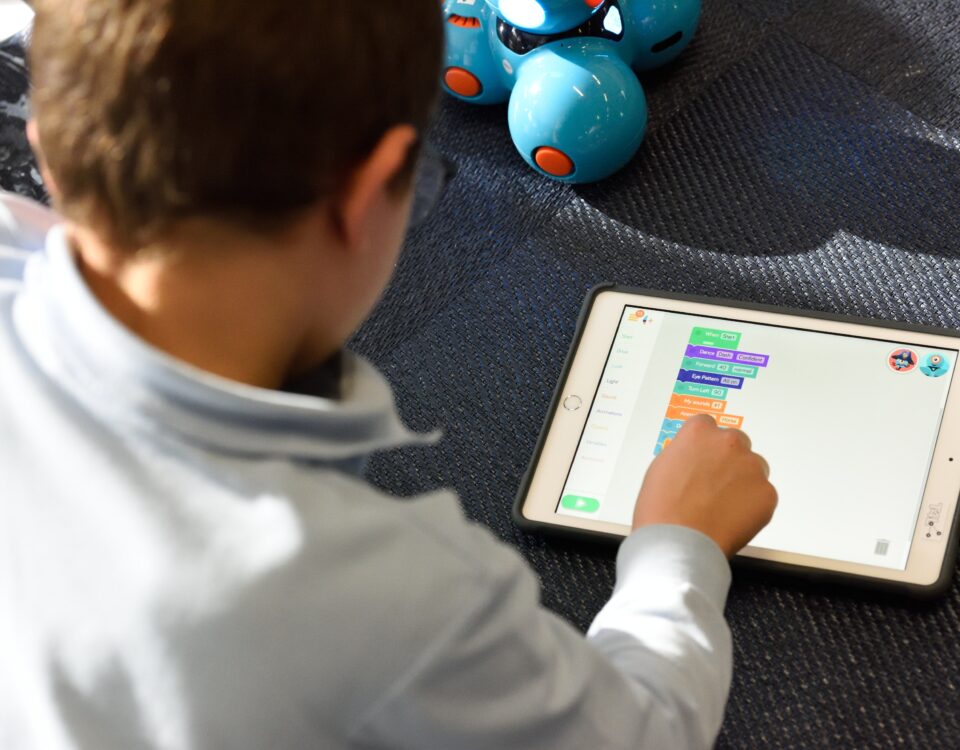Artificial intelligence and machine learning is no more an alien concept from a science fiction movie. We are observing the evidences of the innovation in technology in present day. Automated machines and robots performing day to day tasks is the reality of today’s world. However, the world is still undergoing a transformational phase and the industries are experiencing a transition from manual to automated labor. The real question is how the widespread use of robots will change the commercial sector in the future.
1. Upgrade of skills
People fear that automation of industrial process will be accompanied by significant increase in the unemployment rates. It is predicted that robots will replace human labor in most of the sectors that will result in the loss of jobs and human beings will be worse-off. However, we have experienced industrial revolution before. With the upgrade in the technology we learn to upgrade our skills-set and according to economists that is what will happen this time around too.
2. Cost effective and efficient production
Employing robots instead of manual labour force is actually very cost effective for the production process. Technological development, programming and testing phase requires investment but once the desired automated machine is made for a certain task, it proves to be a more cost-effective option in the long-run. Robots don’t face the physical limitations of carrying out labour intensive tasks while humans do. For instance, robots can work round the clock while humans cannot.
3. Minimize the chances of errors
Automated machines and robots minimize the chances of errors. The primary reason for employing robots in the service sector is the fact that human beings are prone to making mistakes while performing repetitive tasks. Our brains get familiar with the pattern and tend to overlook the mistakes. However because of programming, a robot treats every repeated loop as a new set of information and hence the chances of making errors are significantly reduced.
4. Increase in human capital
With the rise of machines in the commercial sector, there will also be an increase in the demand of skillful labour and professionals who can handle those machines. It is predicted that by 2020, advancement in robotics sector will stimulate a talent race and the average salary of the people employed in the sector will increase by 60%. The increase in demand will also lead people to opt for STEM education programs.
5. Increase in the competition
Since the service provision in the commercial sector will be automated and the chances of error will be significantly reduced, service providers will then compete for excellence. Customers will become the primary focus when the technical aspects of businesses will be taken care of by robots. This will lead to an increased competition in the commercial sector and it will eventually result in increased efficiency overall.
Image Source

by agsandrew – yayimages.com




